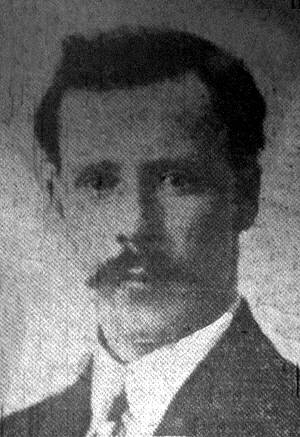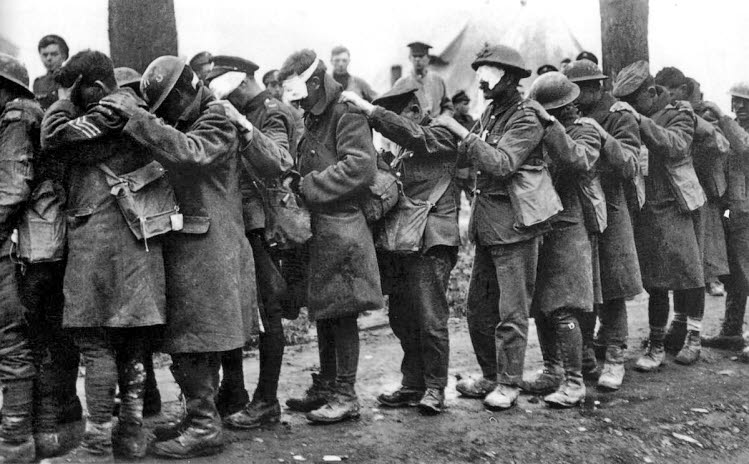
In 1911, Norman Wrigley Armitage was living at number 6, Station Road, Ossett in a three-roomed house with his widowed mother, Jane and two siblings. Norman was then aged 24 years and single, working as a house painter. His brother was Thomas Wrigley Armitage, aged 33, a house joiner. The youngest sibling was their sister, Nellie Wrigley Armitage, aged 20, an assistant elementary schoolteacher. Both Norman’s siblings were also single. The Armitage family were at the same house on Station Road in 1901 and at this time, Norman was a football maker. Norman’s mother Jane was recorded as a widow in 1901 and her husband, Sykes Armitage had died in 1898, aged 48. The couple had married in 1876.
Norman Armitage was killed in action on the 10th April 1918 aged 31 years, the son of Sykes and Jane Armitage, of Ossett, Yorks. He had transferred to the Border Regiment from the King’s Own Yorkshire Light Infantry, where he served as a Private, 29906. Norman Armitage was awarded the Victory and British medals posthumously. His service record appears not to survive, but there are records for a Thomas W. Armitage, who was likely his brother.
The “Ossett Observer” 1 had this report of Private Armitage’s death: “Private Norman Wrigley Armitage (31), younger son of Mrs. S. Armitage, Lionel Street, Station Road, Ossett is officially reported as being killed in action on the 10th inst. Deceased, who in civilian life folowed the occupation of painter and decorator, joined the army two years ago. After a short period in France he was invalided home with trench fever, but returned to the front in April last year. In the following August he sustained a gun-shot wound in the face. Only a few weeks ago he was home on leave.”
It is most likely that Norman Armitage died on the 10th April in the Battle of Messines, which was the last phase of the German Spring offensive of 1918. The 8th Battalion of the Border Regiment was part of 75 Brigade, 25th Division and here is a description of the action by the 25th Division on the 10th April:
“The enemy attack broke through the British at Ploegsteert and advanced along the Ypres road, endangering the garrison holding Ploegsteert Wood. Ordered to counter attack, 75th Brigade, the Royal Engineers, Machine Gun Battalion and other elements of the Division became were involved in heavy fighting.”
The Border Regiment was heavily involved in the fighting. The Border Regiment, 8th Battalion War Diary for April 1918 has details some deatils of exactly where they were located on the 10th May:
“Le Touquet Sector, 10th April 1918 – Dull – slight mist – Enemy attacked about 5.30am after heavy bombardment. A Coy practically cut off. B, C & D Coys returned to Reserve line which was soon enveloped & about midday Battalion withdrew with other troops to a north and South line West of Le Bizet. A further withdrawal to the road Clef de la Belgique-Oosthove was necessitated during the afternoon, and late at night the right flank was swungback to the line Coutre Rue Oosthove-Doudou. Two companies 9th Cheshires being on our right at Courte Rue, and two companies of the 9th Cheshires on our left at Oosthove.”

Above: British casualties from gas attack by the Germans at the Battle of Messines, 10th-11th April 1918
Norman Wrigley Armitage is remembered on Panel 6 of the Ploegsteert Memorial, Comines-Warneton, Hainaut 2 in Belgium where more than 11,000 servicemen of the United Kingdom and South African forces who died in this sector during the First World War and have no known grave are commemorated.

Above: The Armitage grave at St. John’s Methodist Chapel showing the memorial to Norman Wrigley Armitage, the son of Sykes Armitage. Picture courtesy of Lisa Jennings.
References:
1. “Ossett Observer”, 20th April 1918